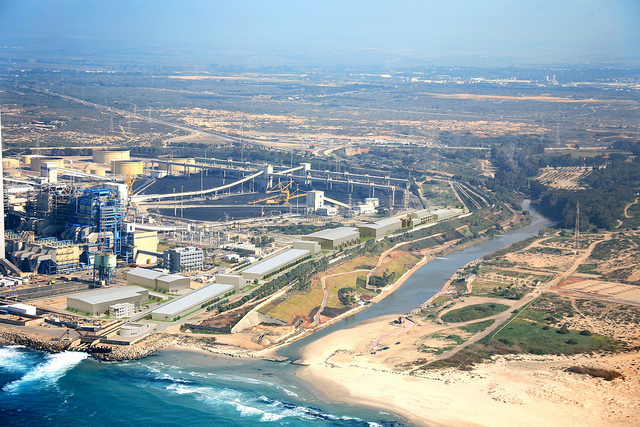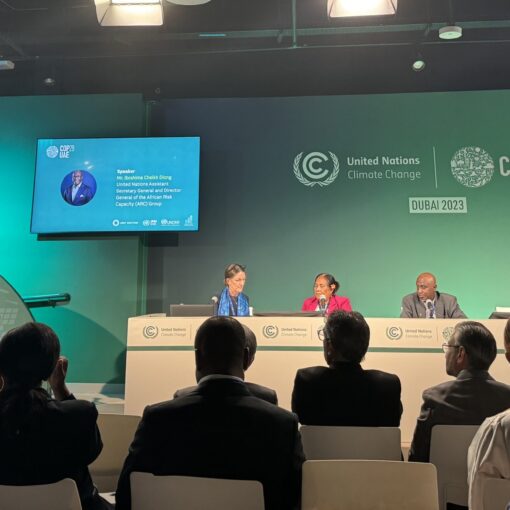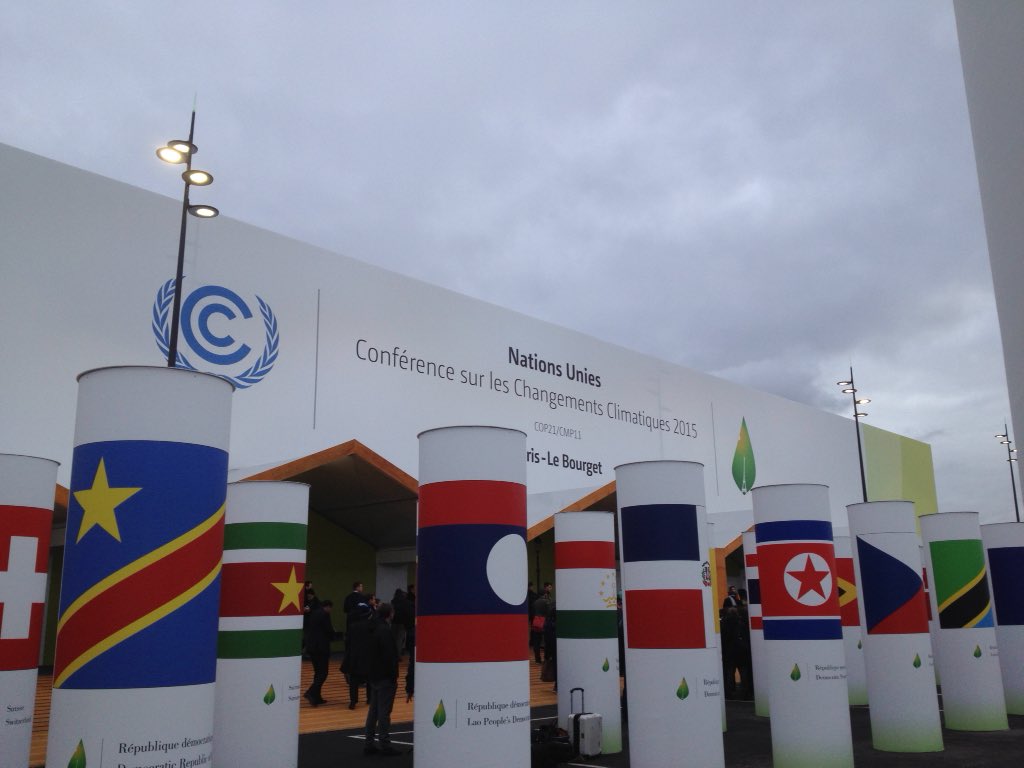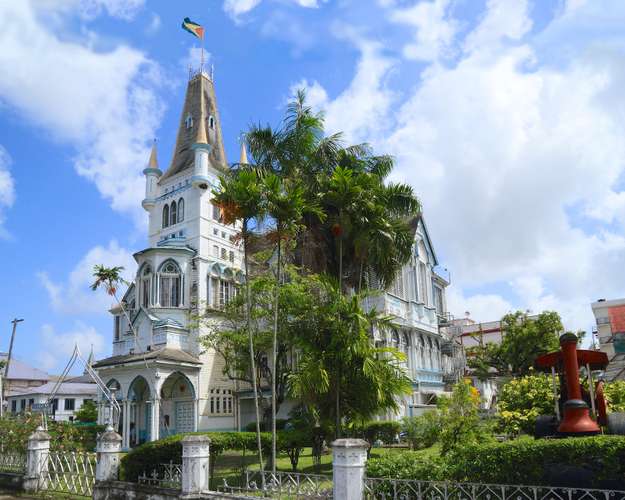Day 2 of the Threatened Islands Conference focused on the displacement, resettlement, and migration issues that will inevitably ensue from global climate change. The first panel, moderated by Professor John Van Dyke of the University of Hawaii Law School, focused on the larger themes of resettlement and migration. Professor Brad Blitz of Kingston University London began by asking the question why people migrate in the first place. He explained that migration decisions are typically based on partial information and projected outcomes. Blitz emphasized that how people evaluate risks depends on resources, perceptions of the threat, and options; livelihoods above all encourages people to migrate meaning that there must be some trigger.
Blitz expressed disappointment over the disconnect that currently exists between climate change and migration discourse. Utilizing a newly coined term, “de facto statelessness” which refers to “persons outside the country of their nationality who are unable or unwilling to avail themselves of the protection of that country”, Blitz stated we can build bridges between climate change and migration discourse. He then touched upon legal bases for protection that can be used such as the refugee convention, extending the definition of refugees by developed governments, and applying human rights conventions. Blitz also pointed to models for resettlement to derive inspiration from such as the Carteret Islands, Tuvalu, Kiribati, and the Maldives. He predicted that the way forward would require self-reliance and mobilization of national, local, and communal resources.
Les Stein, a visiting scholar from Columbia Law School’s Center for Climate Change Law, presented his research focusing on the domestic law that a host country can utilize to accommodate refugees from threatened islands. Prior to presenting his plan, Stein stated his assumptions that people would move as a group and that host countries will be willing and accommodating to accept these people. He proposed a new model of community planning, “new urbanism,” as an effective and practical option to minimize the social effects of resettlement and to preserve a sense of community. He cautioned, however, that such a plan must take into consideration the aspirations of the displaced communities to be successful, showing communities in Haiti as an example.
Robin Bronen of the Alaska Immigration Justice Project closed the morning panel discussing the state of the indigenous populations of Alaska that are enduring the effects of a changing climate. She first presented the daunting statistics that Alaska was facing a 3.5 degree Celsius increase in temperature during the winters and that a 2003 report found that there are 3 communities seeking to relocate and 184 other communities being affected by flooding and erosion. Bronen highlighted the moderate success of the Newtok community that has begun to commence a relocation process. She described this community as the “epitome of resilience in the face of unimaginable threats.”
Bronen advocated for the use of the term “climigration” to describe climate change-induced migration to differentiate it from other conventional forms of migration. She defined climigration as “permanent community relocation due to on-going ecological change, caused by repeated extreme weather events and on-going ecological change.” She stressed that it should be a part of human rights doctrine that communities that are being relocated are given autonomy over the methods of relocation. She described this to be a “dynamic adaptive governance process.” Bronen went on to delineate macro and micro-level strategies in resettlement, arguing that we must be more concerned with the micro picture if we are to be successful. During the Q&A session, a representative from Bangladesh voiced strong agreement with Bonen’s micro-approach to migration, illustrating the issues that Bangladeshis currently face. A 45 minute discussion followed exploring the details of the panelists’ resettlement strategies and raising the very real resistance of local communities to resettlement planning.
Update 5:04 PM:
The second session today examined the existing legal structures available for migration. Michele Klein Solomon of the International Organization for Migration took the stage remarking that there already exist 214 million environmental migrants. The key issue, she exposed, is that specific international legal protection for environmental migrants simply does not exist. Cross-border movement, according to her, is where the greatest gap of international law exists because refugee protection conventionally refers to a failure by a state to protect its citizens and active persecution on account of one’s race, religion, or membership in a particular social group. Climate change does not necessarily fall in these categories and even in the categories that it does, only a sliver of the peoples displaced would be able to take advantage of the refugee protocols. Solomon hence stressed the importance of adding rhetoric to international agreements that recognizes the unique situation of environmental migrants. She voiced optimism for this referring to the placeholders that were created at the Cancun climate conference agreement.
Dr. Siobhan McInerney-Lankford of the World Bank then explained the importance of linking human rights and climate change. She demonstrated the relationship between the two on the grounds that climate change impacts the enjoyment of human rights and the fact that measures to address climate change may themselves impact human rights. She elaborated that impacts of climate change are borne disproportionately by those that are most vulnerable and those that are least responsible, firmly couching it as a human rights issue. McInerney ended on the note that legal remedies may not be the best course of action in the short to medium term but that human rights could at least be used as a political tool to incite action.
Professor Katrina Wyman from New York University Law School then shifted the conversation to focus on options for using existing immigration laws to facilitate relocation. She argued that the highest priority should be to expand existing outmigration channels and that new international legal protections should be looked at as a safeguard. This proved to be a contrast to the vast majority of the other panelists at the conference who have been advocating for new provisions to deal with the issue of migration. Wyman identified a four-pronged framework for evaluating existing mechanisms. This included the availability of the immigration provisions to citizens of threatened island nations, permanent (not temporary) migration, access for skilled and unskilled workers as well as persons not in the workforce, and a tight cap on the number of migrants admitted. Assigning a point system to determine the viability of immigration options, she determined that the United States Compact of Free Association with the Marshall Islands, Federated States of Micronesia, and Palau, and the New Zealand Pacific Access Category were the best immigration provisions that currently exist.
Wyman then argued that there are multiple advantages in pursuing immigration reform to facilitate relocation of environmentally displaced persons. The main such advantage is that remittances could fund economic development in the affected countries. Harkening back to the presentation on statehood by Stoutenberg on Monday, Wyman proposed that through remittances, a “nucleus population” could perhaps be retained, preserving statehood. She did, however, concede that the flipside to allowing gradual migration would be that it would make it harder to sustain statehood and economies due to population drain and that, more critically, communities might be lost in the resettlement destinations.
Ilona Milar of Baker & McKenzie went on to propose a loss and damage mechanism under the UNFCCC to better address restitution and compensation for losses incurred by climate change-induced scenarios. She stated that the impetus for such a proposal comes from the fact that no coordinated framework exists for protecting human rights or compensate people who endure the negative impacts of climate change. Milar described the specifics of her proposal, including insurance, rehabilitative/compensatory, and risk management components. Preempting the questions surrounding the source of funding for such a system, she clarified that engagement with the public and private sector would need to occur to obtain funding.
The third session of the conference today pitted advocates, Professor Michel Pieur (Centre International de Droit) and Professor David Hodgkinson (University of Western Australia), advocating for a new international framework convention to protect the victims of climate change, against Professor Jane McAdam (University of New South Wales). Pieur and Hodgkinson were mainly in agreement over the reasons for why such a convention should be created. They both argued that current refugee provisions were inadequate in dealing with the unique circumstance posed by climate change and that current conventions only deal with individual rights, not collective rights which would be necessary for persons displaced by climate change. Furthermore, Pieur stressed that the non-binding nature of current legal protections made the need for a binding convention all the more important.
McAdam’s response started on the note that a “one-size-fits-all” approach cannot be expected to work. She differentiated between climate change-induced scenarios as forcing rapid movement and slow movement. Building on these initial statements, her main arguments against a new international convention were: 1) that treaty proposals are premised on unproven assumptions on climate change; 2) that suggesting climate change alone causes movement is problematic; 3) that political appetite for such a proposition is absent; and 4) that focusing on a treaty may obscure other approaches that better align with the needs of displaced persons. She then drew on her fieldwork from Bangladesh and the Pacific Islands to claim that most movement is internal and climate change tends to multiply preexisting stresses rather than causing movement of its own. Capitalizing on previously made causality arguments, McAdams said that a climate change convention would struggle in proving the impacts of climate change.
The Q&A session afterwards involved several questions from both sides of the issue. Among the issues raised in support of a convention were that the particular focus on this issue would allow the issue particular attention from the international community. Among the arguments against were a questioning of the distinction between helping people facing difficult living situations due to climate-related displacement, versus those facing the same difficult living situations due to economic or other problems. What basis, it was asked, is there to distinguish between people in need of aid? The response to this argument focused on the unique responsibility of the developed world for climate-displaced peoples, that may impose an additional responsibility.




